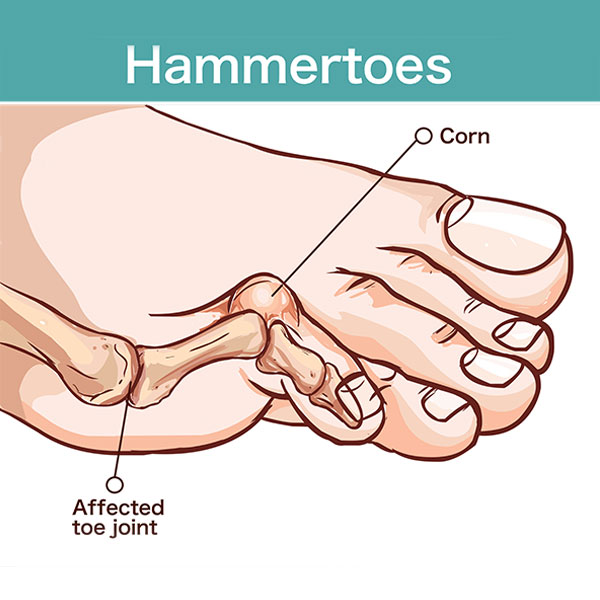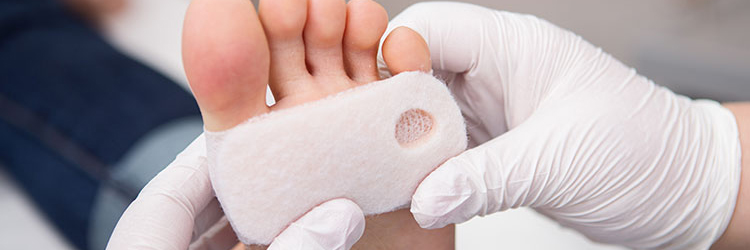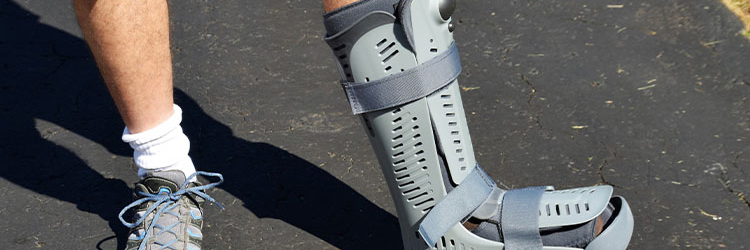Hammer Toe
What is a hammertoe deformity?
Hammertoe is a foot deformity that commonly affects the second, third, fourth, or fifth toes. In this condition, the toe is bent at the middle joint. Typically a hammertoe deformity are contractions of the toe caused by a muscular imbalance in the foot. This contracted position may become rigid overtime causing permanent deformity which will cause pain when wearing closed toe shoes; as frictional forces when walking can cause a corn/callus to develop.

What causes a hammertoe Deformity ?
There are several etiologies of a hammertoe deformity. Most often they are caused by the biomechanics of your foot – sometimes suprastructure influences from the posterior calf muscles and knee can also influence gait and stride. Genetics may also play a role in developing hammertoes. Those with ligamentous laxity, arthritic conditions or tendon injury are also prone to hammertoes.
What are some conservative treatment options for hammertoe?
This all depends on the flexibility of your hammertoe. There are several conservative treatment options for hammertoe, which may help relieve symptoms and slow the progression of the condition. These include:
- Wearing properly fitting shoes: Wearing shoes that have a wide toe box and have a small heel can help reduce pressure on the toes and relieve pain.
- Orthotics are also a useful investment as a special inserts or pads can be used to cushion the affected area and help redistribute pressure on the foot.
- Doing toe exercises: Stretching and strengthening exercises for the toes and foot muscles may help improve flexibility and reduce pain.
It is important to note that while these treatments may provide relief for symptoms, they may not be able to correct the deformity itself. If conservative treatment options do not provide sufficient relief or the hammertoe continues to worsen, surgical intervention may be necessary.
When would I need surgery for my hammertoe?
If all of the above nonsurgical treatments options fail to provide relief for your hammertoe deformity, and the pain associated with it is interfering with your daily activities, it is certainly time to discuss surgical options with our foot and ankle surgeon.
This condition is progressive therefore there are different surgical procedures at different stages of the deformity. These surgical procedures are not only dependent on the severity of the condition and other individual factors such as age, overall health, and lifestyle. Some of the most common surgical procedures for hammertoe include:
- Joint resection (Arthroplasty): In this procedure, a small portion of the affected joint is removed to help straighten the toe.
- Fusion (Arthrodesis): This procedure involves fusing the affected joint together to help straighten the toe and prevent further deformity.
- Screw insertion: In some cases, a small screw may be inserted to help stabilize the joint and improve alignment.
It is important to discuss the risks and benefits of surgery with your doctor to make an informed decision about your treatment plan. Come in for a consultation at PS Foot and Ankle and we can provide a personalized individual plan.






